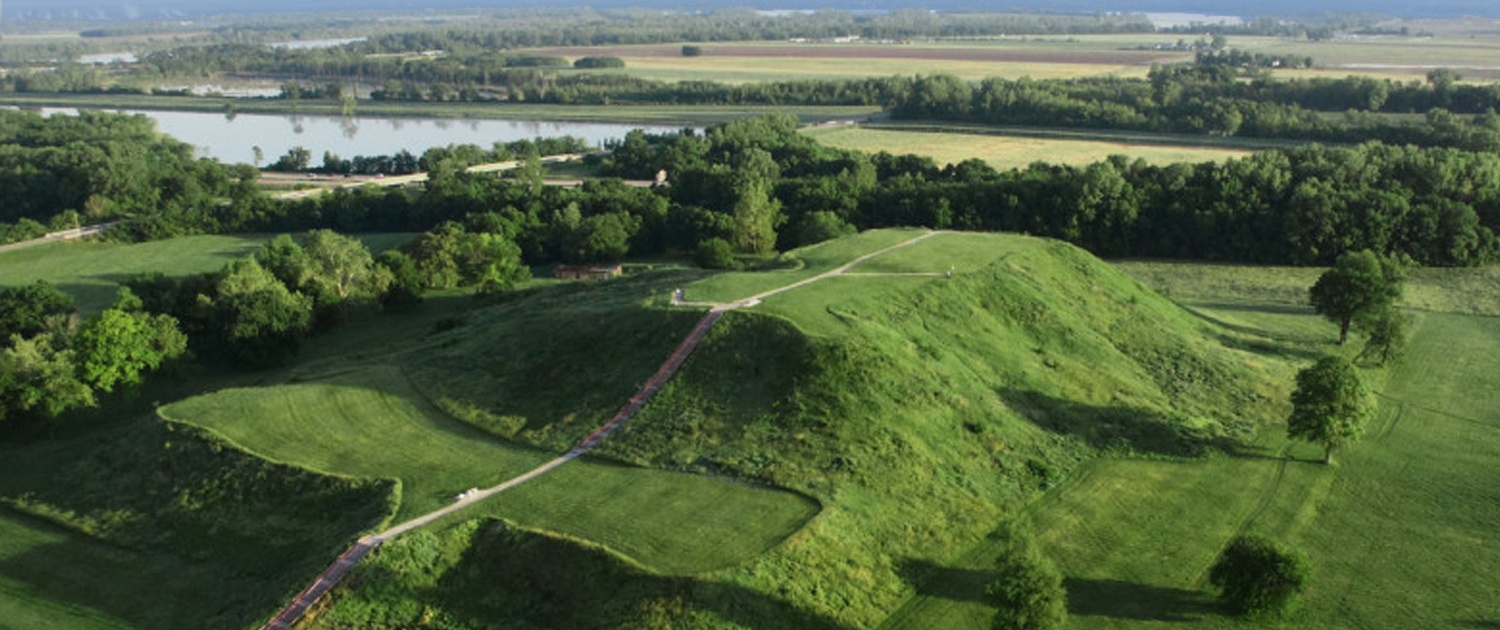Anthropology
Related: About this forumScant evidence that 'wood overuse' at Cahokia caused collapse
Last edited Sun Apr 11, 2021, 07:24 AM - Edit history (1)
Date:
April 8, 2021
Source:
Washington University in St. Louis
Whatever ultimately caused inhabitants to abandon Cahokia, it was not because they cut down too many trees, according to new research from Washington University in St. Louis.
Archaeologists from Arts & Sciences excavated around earthen mounds and analyzed sediment cores to test a persistent theory about the collapse of Cahokia, the pre-Columbian Native American city in southwestern Illinois that was once home to more than 15,000 people.
No one knows for sure why people left Cahokia, though many environmental and social explanations have been proposed. One oft-repeated theory is tied to resource exploitation: specifically, that Native Americans from densely populated Cahokia deforested the area, an environmental misstep that could have resulted in erosion and localized flooding.
But such musings about self-inflicted disaster are outdated -- and they're not supported by physical evidence of flooding issues, Washington University scientists said.
"There's a really common narrative about land use practices that lead to erosion and sedimentation and contribute to all of these environmental consequences," said Caitlin Rankin, an assistant research scientist at the University of Illinois at Urbana-Champaign who conducted this work as part of her graduate studies at Washington University.
More:
https://www.sciencedaily.com/releases/2021/04/210408152256.htm



Lost cities #8: mystery of Cahokia – why did North America's largest city vanish?
Long before Columbus reached the Americas, Cahokia was the biggest, most cosmopolitan city north of Mexico. Yet by 1350 it had been deserted by its native inhabitants the Mississippians – and no one is sure why
Lee Bey
Wed 17 Aug 2016 02.44 EDT
In its prime, about four centuries before Columbus stumbled on to the western hemisphere, Cahokia was a prosperous pre-American city with a population similar to London’s.
Located in southern Illinois, eight miles from present-day St Louis, it was probably the largest North American city north of Mexico at that time. It had been built by the Mississippians, a group of Native Americans who occupied much of the present-day south-eastern United States, from the Mississippi river to the shores of the Atlantic.
Cahokia was a sophisticated and cosmopolitan city for its time. Yet its history is virtually unknown by most Americans and present-day Illinoisans. It is one of many stories that have been bypassed in favour of the shopworn narrative – reinforced in literature and a century of American cinema – of Native Americans as backward and primitive.
More:
https://www.theguardian.com/cities/2016/aug/17/lost-cities-8-mystery-ahokia-illinois-mississippians-native-americans-vanish
Please see Google images to view thumbnail illustrations of artists rendering of original city, very interesting:
https://tinyurl.com/a2sxumxv
Atticus
(15,124 posts)several---houses a wonderful display of genuine artifacts, including tools and weapons of great variety.
The large mound shown in the photos was constructed by slaves lugging woven baskets of earth to the site from "borrow pits". All of the sides were built with virtually impermeable clay while the interior was filled with "absorbent" topsoil. The large structure therefore could retain subterranean water from rainfalls and there was actually a water well dug into the man-made mound to provide water for the elites who lived atop it.
I know southern illinois is not a common tourist destination but, if you are passing through, you won't regret spending a couple of hours here.